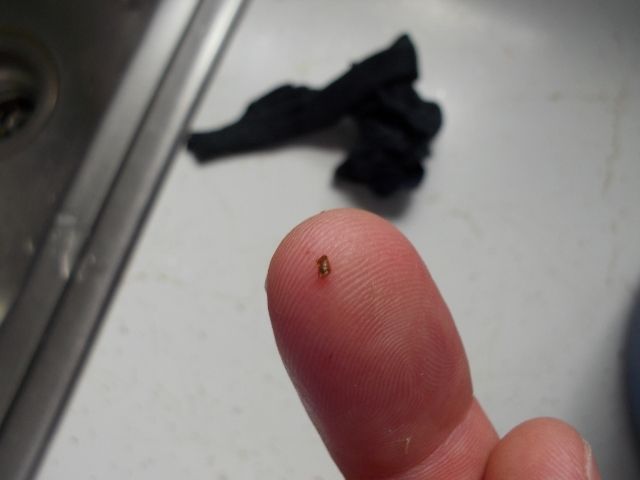Here is info from a biologists that studies the Great Lakes:
Zebra and quagga mussels native to Europe’s Caspian Sea are transforming Great Lakes ecosystems and fueling rampant algae growth in all of the lakes except Lake Superior, which doesn’t have enough calcium to support shell formation. The mussels have increased water clarity in the lakes, which allows sunlight to penetrate deeper and support more algae growth.
Decaying cladophora algae that washes up on beaches is more than an eyesore: It harbors bacteria that can pose health threats to humans, fish and wildlife, according to scientific studies.
Cladophora has been linked to Type E botulism outbreaks that have killed more than 70,000 Great Lakes water birds over the past decade.
Chris Otto, a National Park Service biologist who works at Sleeping Bear Dunes, said the cladophora problem is in stark contrast to the national publicity that heaped praise on the popular park west of Traverse City. He said park visitors routinely complain about the algae.
"People come here to see a pristine beach and it’s kind of shocking to see this algae," Otto said. "People are turned off by it."
Wind and waves can cause the algae to swamp a beach one day and then carry the noxious cladophora away a day later. But government studies have found that some of the harmful bacteria that thrive in decaying cladophora can linger in wet sand.
Otto said many people assume that polluting industries or faulty municipal sewage treatment facilities are to blame for the cladophora problem at Sleeping Bear Dunes. That’s not the case: Zebra and quagga mussels are the culprits.
Zebra and quagga mussels spread like a virulent disease after invading the Great Lakes in the late 1980s. They have caused the most profound ecological changes in the recorded history of the lakes, according to researchers.
The invaders have:
* Hurt the $7 billion Great Lakes fishery by taking a giant bite out of the food chain; disrupted power plants and water treatment facilities.
* Played a major role in the collapse of Lake Huron’s salmon fishery.
* Threatened a Lake Michigan salmon fishery that pumps millions of dollars into coastal communities.
"These foreign mussels are causing a lot of problems in the Great Lakes and excess cladophora is one of them," said Gary Fahnenstiel, a senior scientist at Michigan Technological University’s Great Lakes Research Center. "The algae is harmless but it harbors a lot of fecal bacteria … people should stay away from it."
Quagga mussels were first spotted in Lake Michigan in 1991. There are now more than 950 trillion quaggas on the lake bottom -- about a half-billion pounds of the fingernail sized-mollusks, according to government data.
Fahnenstiel and other Great Lakes experts have said the foreign mollusks are effectively sucking the life out of Lake Michigan and Lake Huron. The mussels increased water clarity, but unleashed ecological havoc.
Each zebra and quagga mussel can filter up to one liter of water per day. Under certain conditions, the quagga mussel population can filter all the water in Lake Michigan in nine to12 days, according to University of Michigan research scientist David Jude.
As they filter water through their bodies, zebra and quagga mussels consume plankton, tiny organisms that are the foundation of the Great Lakes food chain. That increases water clarity, which allows sunlight to penetrate deeper in the lake.
Sunlight at greater depths, coupled with mussel waste that acts as fertilizer, is fueling bumper crops of cladophora across the Great Lakes. Wind and waves cause cladophora to rip off submerged rocks and other hard surfaces -- including piles of dead quagga mussel shells -- and wash onto beaches.
Scientists at Michigan Tech University recently discovered 591 square miles of cladophora on the bottom of Lake Michigan. They found 20-inch thick mats of decaying cladophora just offshore from the scenic beaches at Sleeping Bear Dunes.
"That place is loaded with cladophora," Michigan Tech scientist Martin Auer said in a university publication.
Short of dredging all the quagga mussels out of Lake Michigan -- which isn’t an option -- experts said there is no solution to the cladophora crisis on the horizon.
Link to source: http://www.mlive.com/environment/index.ssf/2012/08/zebra_mussels_are_transforming.html





